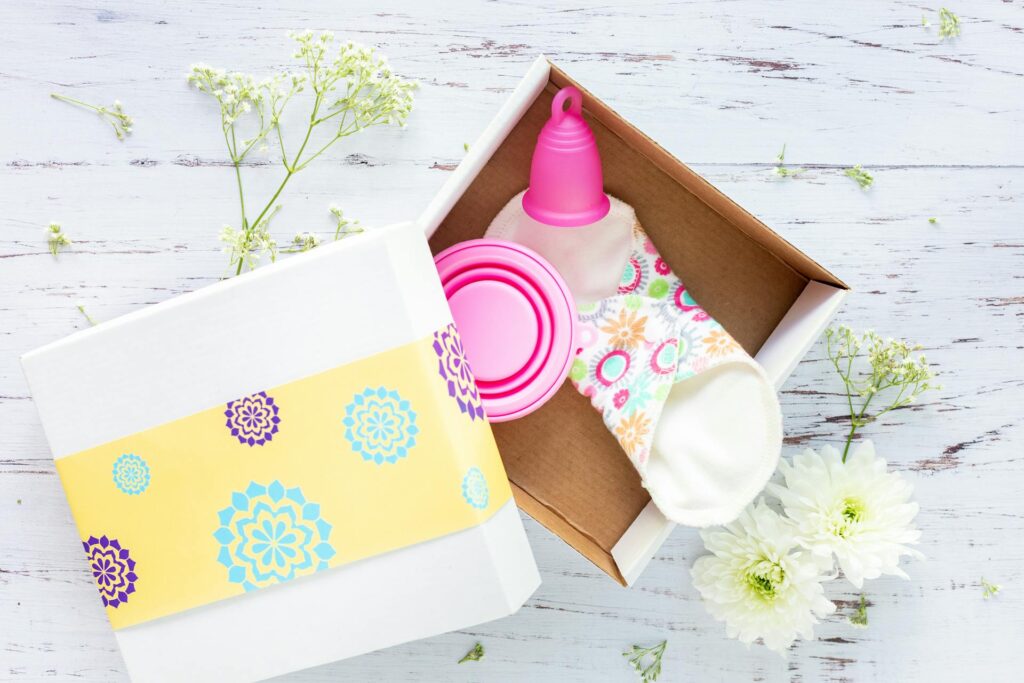Some days, wellness feels doable. You meal prep, stretch, hydrate, and check all the boxes. Other days, just getting out of bed feels like the biggest win. That’s life, and your wellness habits should be able to bend with it.
You don’t need a perfect morning routine or a two-hour workout window to take care of yourself. What you do need is a flexible, realistic approach that supports your body and mind when you’re short on time, energy, or motivation.
Here’s how to build simple wellness routines that hold up in real life—even when you’re over it.
Shrink the Goal, Not the Impact
The biggest wellness trap? Thinking it has to be “all or nothing.” If you can’t go for a 5-mile run, maybe you don’t go at all. If you didn’t meditate this morning, the day feels off track. This mindset kills consistency.
Instead, shrink the goal. If a 30-minute workout feels impossible, do five minutes of stretching. If journaling feels like a task, write just one sentence. Small, repeatable actions create momentum, and momentum leads to better habits.
Anchor Habits to What You’re Already Doing
When your brain is on autopilot, routines anchored to familiar habits are more likely to stick. Pair your wellness habit with something you already do.
Stretch while your coffee brews. Take five deep breaths after brushing your teeth. Keep a water bottle next to your laptop so you can sip during work calls. These micro-routines add up and help reinforce wellness throughout the day, even when your schedule is packed.
Focus on One Thing at a Time
Trying to overhaul your whole lifestyle overnight usually backfires. Start with one area of wellness that feels most urgent—maybe it’s sleep, movement, or stress. Pick a simple habit that supports it and stick with it for a week or two before adding more.
For example, if you’re not sleeping well, focus on getting off screens 30 minutes before bed. If stress is high, try a two-minute breathwork break in the afternoon. Progress doesn’t need to be complicated to be meaningful.
Make Movement Easy to Access
Forget rigid workout plans that demand time, equipment, or a perfect mood. Instead, keep movement options simple and ready to go. Save a 10-minute YouTube yoga video to your favorites. Keep resistance bands by your desk. Go for a walk around the block during your lunch break.
Movement is not just about fitness—it’s about circulation, energy, and mental clarity. A little bit, done regularly, goes a long way.
Read More: The Art of Doing Nothing: Why Rest Is a Radical Act of Self-Care
Redefine Rest
Rest isn’t just sleeping. It’s also anything that helps you feel restored. That might mean lying down for 10 minutes with your eyes closed, reading a few pages of a book, or taking a quiet shower without distractions.
When you’re exhausted, sometimes the best wellness move is doing less. Honor that. Pushing through isn’t always strength—sometimes it’s burnout in disguise.
Let Food Be Simple
Wellness doesn’t require fancy smoothies or meal prep Sundays. When time or energy is low, aim for balance, not perfection. Focus on meals that include protein, fiber, and something colorful.
Rotating staples like eggs, frozen veggies, canned beans, or rotisserie chicken can build nourishing meals fast. And if all you manage is toast with peanut butter and a banana? That’s still fuel. That still counts.
Keep a Mental Health Check-In on Deck
You don’t need a full journal session to check in with yourself. Ask one simple question: How am I, really? Then listen. Maybe write a word down. Maybe just acknowledge the feeling and move on.
Quick check-ins build emotional awareness, and they can be grounding on days when everything feels off.
Wellness isn’t about doing it all. It’s about doing what you can, especially when it’s hard.
The key is flexibility, not perfection. Build routines that can stretch and shift depending on your energy, schedule, and needs. Your habits should support your life, not add pressure to it.
Busy? Tired? Over it? That’s okay. Show up with what you’ve got. Even the smallest actions—taken with intention—can keep you connected to yourself. And that’s where real wellness begins.
Read More: Sleep Hygiene in the Digital Age: 7 Simple Tweaks That Actually Work



